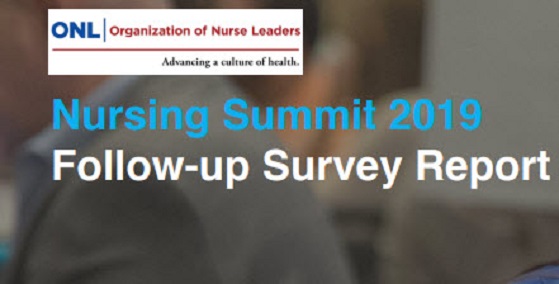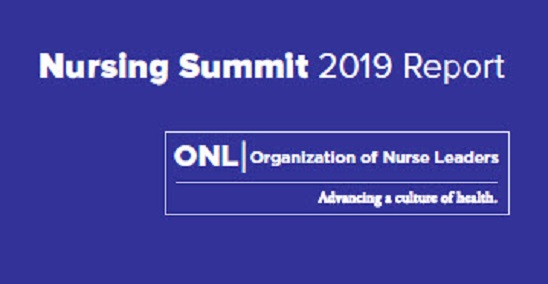Changes in science and technology, demographics, social attitudes, economic conditions and other factors can upset the most careful forecasts and alter the career decisions of current workers and young women and men preparing to join the workforce.

The Massachusetts Health Professions Data Series: Registered Nurse 2014 Report provides data on workforce characteristics of registered nurses licensed to practice in Massachusetts. This report is part of the Department of Public Health’s Health Professions Data Series, which currently reports on seven licensed health professions: dentists, dental hygienists, pharmacists, physicians, physician assistants, registered nurses, and licensed practical nurses.
The Massachusetts Health Professions Data Series: Registered Nurse 2014 Report represents data from the third cycle of the health professional workforce data collection. This initiative was launched during the 2010 licensure renewal cycle in coordination with the Division of Health Professions Licensure.
The Registered Nurse (RN) data in the Health Professions Data Series is derived from an online workforce survey that
accompanies the online license renewal application for registered nurses licensed in Massachusetts (MA). RNs renew
their license every two years, in even numbered years on their birthday. The data presented in this report represents the
2014 renewal cycle.
It's a National Concern:
Healthcare providers across the country are concerned about the projected long-term shortage of caregivers. The American Hospital Association's Long Range Policy Committee studied the workforce challenges of the next decade and offered findings and recommendations to help healthcare providers and their partners successfully build and manage tomorrow's workforce.
Their findings and recommendations are here:
- Workforce 2015: Strategy Trumps Shortage
- A chartbook, Workforce Facts & Trends at a Glance: The Hospital Leader's Guide was developed as a companion resource to the report.
National League of Nursing Study: Insufficient Faculty Remains Major Constraint to Expansion of Nursing Programs
Expansion in the number of pre-licensure RN programs ground to a near halt between 2007 and 2008, with the addition of only 15 new programs, according to a new Nursing Data Review study released by the National League of Nursing (NLN). The study also reported that annual admissions to pre-licensure nursing programs fell and enrollments were flat for the first time in at least six years. Graduations did increase significantly in 2008, a lagging effect of an upsurge in admissions between 2003 and 2005. Other findings include that nearly one quarter (23.4 percent) of U.S. nursing programs of all types reported receiving more qualified applications than could be accepted in 2008. Among pre-licensure programs, there was considerably more unmet demand for admissions; more than 119,000 qualified applications-or 39 percent of all qualified applications-were turned away from pre-licensure programs in 2008. The Annual NLN Study of U.S. Nursing Schools includes key statistics on admissions, enrollments, graduations, student demographics and numbers of faculty.
How MHA, ONL- MA, RI & NH and Their Partners Are Promoting a Strong Healthcare Workforce
MHA and ONL- MA, RI & NH, in cooperation with many partners and collaborators, are leading the way to address the future

ONL’s Nursing Summit 2019 Follow-up Survey Report
In January 2019, ONL, together with nine other professional nursing organizations led a first-of-its-kind Nursing Summit in central Massachusetts that brought together 380 Registered Nurses to hear their concerns and feedback and enhance trust among nurses. With a robust amount of data from the Nursing Summit, ONL sought to gain further understanding and insight from Nursing Summit participants ...» Full Article
ONL’s Nursing Summit 2019 Report
In January 2019, Organization of Nurse Leaders, MA, RI, NH, CT, VT (ONL) led ten nursing organizations through a Nursing Summit in central Massachusetts to bring nurses together, hear their concerns and feedback, and enhance trust among nurses. The Nursing Summit focused on engaging clinical nurses, listening, and elevating their voice. Every person in the room was a Registered Nurse (RN). By d...» Full Article
